Soft 17 in blackjack refers to a hand with an eleven-point Ace. An Ace-6 hand, in particular, is known as Soft 17 in blackjack. Generally, a hand that contains an Ace is called a soft hand – soft 13 is a hand with an Ace-2, for example.
Why is Soft 17 so crucial in blackjack? It is essential because you can count an Ace as either 1 or 11 in most blackjack games. As far as most blackjack variants go, Ace is first counted as an 11. However, when the hand exceeds 21, the Ace is counted as a 1. That makes an Ace so powerfully universal in the blackjack world.
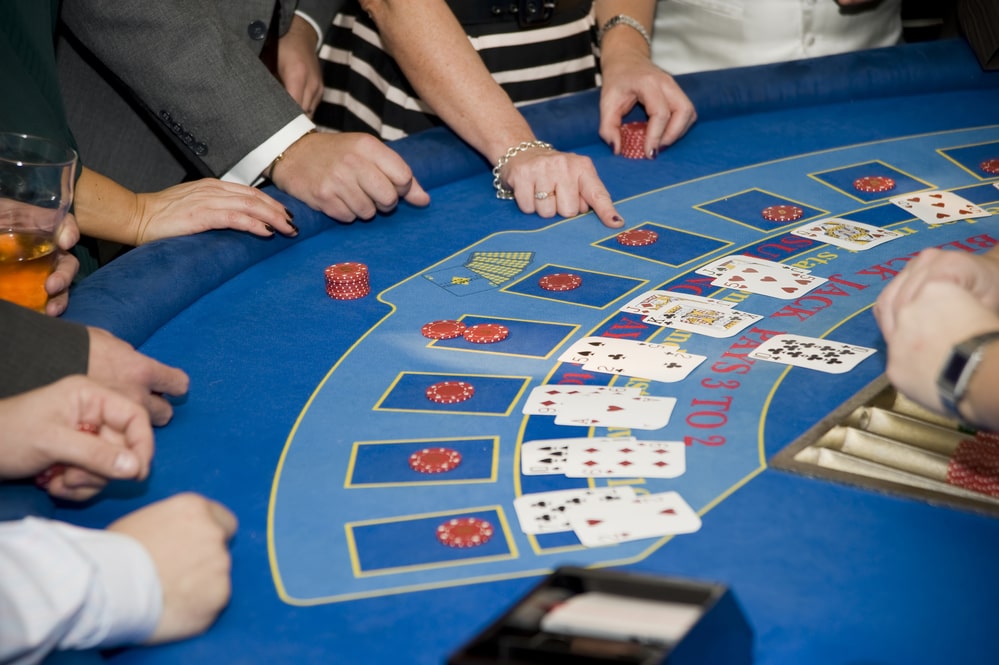
An Ace is not just the only way to hit a blackjack (a hand worth 21 points); it also helps you avoid going bust and losing to the dealer. Every blackjack game and variant has well-defined dealer rules for Soft 17. They determine what the dealer should do – whether to hit or stand – on Soft 17. Blackjack variants that allow the dealer to stand on Soft 17 instead of hitting are favorable to players.
The Reasoning behind Soft 17 in Blackjack Games
In blackjack, an Ace (A) can have a value of either 1 or 11, and it’s up to you to decide between the two values based on the content of your hand. That means if you have a two-card hand and one of the cards is an Ace, you have two totals to choose from.
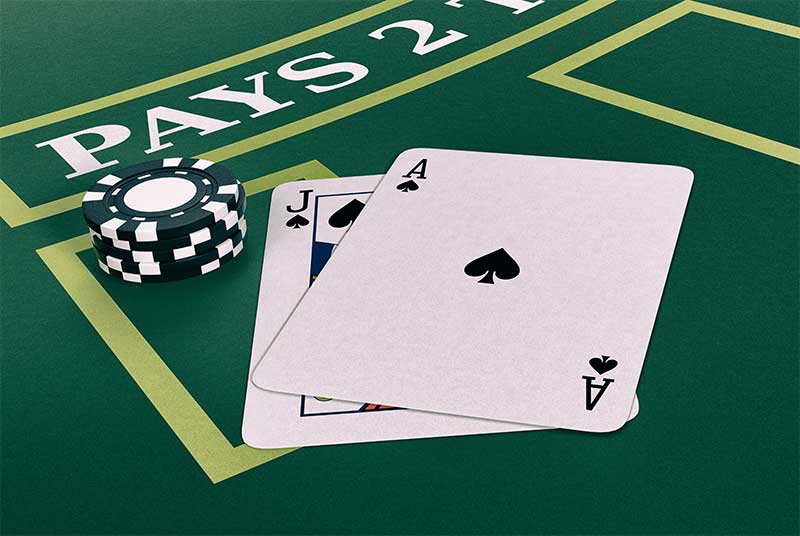
For instance, if you have been dealt an Ace and an 8, your hand is worth either 9 or 19. If you choose your total to be 19, you would be better off to stand as it is a good hand. In this case, you have a soft 19. On the other hand, if you pick a total of 9, you can draw another card and decide the worth of your hand after that.
Likewise, if you are dealt an Ace and a 6, you can choose your hand total to be either 7 or 17.
If you opt for the latter, it is said you have a Soft 17. In other words, you have a hand worth 17 points, and at least one of the cards is an Ace.
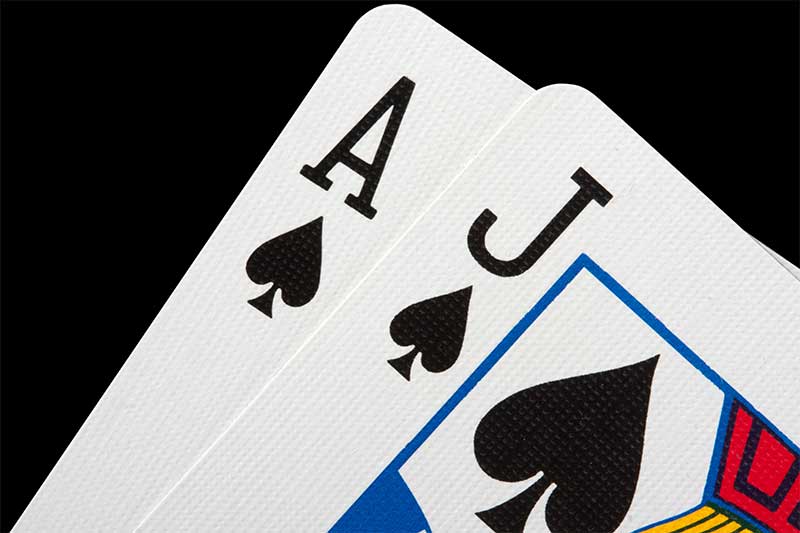
On the flip side, you can create a Hard 17 with a hand that doesn’t have an Ace. If, for example, you have a 9-8 or 10-7, your two-card hand is a Hard 17. The same goes for multi-card hands like 5-5-2, 10-4-3, 9-5-3, 8-7-2, or 6-5-4-2.
Even if you are a beginner, you will soon get used to playing with soft hands. The tricky part is making sure you understand the dealer rules of Soft 17 and how they affect your blackjack odds. Variations in the dealer rules for Soft 17 can also impact how you play basic blackjack strategy — the right move can sometimes depend on whether the dealer is required to stand or hit on Soft 17.
Some casinos and blackjack games have table rules that stipulate the dealer must stand on Soft 17. These are the favorable rules you should keep your eyes on, as they will positively impact your ability to apply the basic strategy.
Tips for Playing Player Soft 17
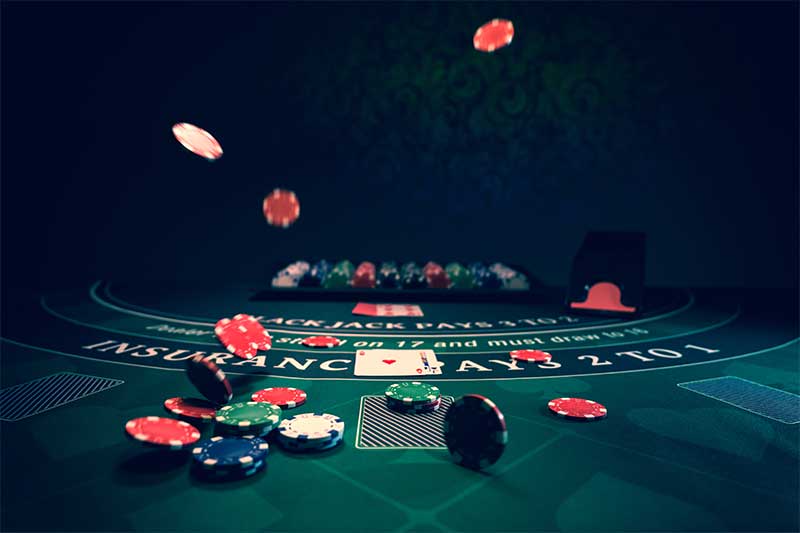
If you (the player) have a Soft 17 hand, here are strategies you should follow regardless of whether the game has the soft 17 rule or not:
- Always hit a Soft 17 against the dealer’s 2
- Always double down on a Soft 17 against the dealer’s 3
- Always hit a Soft 17 if the dealer’s up-card is a 4
- Always double down on a Soft 17 when the dealer shows a 5
- Always hit a Soft 17 versus the dealer’s 6
- Always hit a Soft 17 against the dealer’s 7
- Always hit a Soft 17 when the dealer shows a 9
As you may have noticed from the basic strategies above, any player holding a Soft 17 must never stand. And with good reason – your risk of going bust with a Soft 17 hand is basically zero, unlike when you have a Hard 17 hand. Besides, drawing an additional card can substantially boost your chances of beating the dealer.
On the contrary, it is a terrible move to hit a Hard 17. That’s because drawing any card over four will make your hand go bust.
Soft 17 versus Hard 17 in Blackjack

When studying the rules of a blackjack game, be sure to focus your attention on the terms Soft 17 and Hard 17. They refer to whether the 17-valued hand contains an Ace or not. According to most blackjack rules, the worth of an Ace can be both one and eleven, helping you form stronger hands.
We have already discussed the meaning of the two terms…
- A Soft 17 is any hand worth 17 points created around an Ace (counted as an 11). The most common Soft 17 is an Ace-6 hand. But Ace-3-3, Ace-4-2, and Ace-2-2-2 also fit the Soft 17 definition.
- A Hard 17 is a hand whose value is 17, but none of the constituent cards is an Ace counted as 11. That means a Hard 17 hand is created with an Ace worth 1, K, Q, J, 10, 9, 8, and so on. Examples include 6-10-Ace, K-7, Q-5-2, 10-7, etc.
As a player, it’s crucial to tell the difference between Soft 17 and Hard 17 so that you can use the right betting strategy and better understand the rules of the game when playing blackjack. This is particularly vital when it comes to dealing with a dealer’s Soft 17.
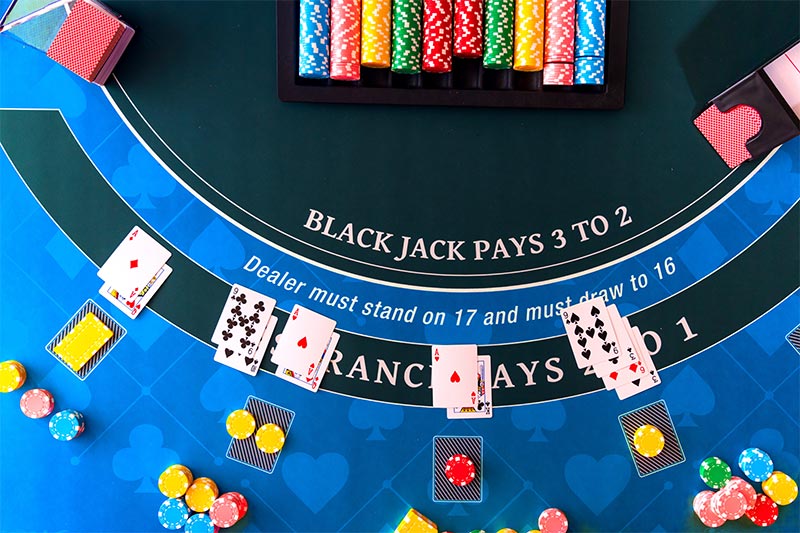
The difference between Hard 17 and Soft 17 is drawn since they’re usually handled differently. If you receive an Ace-6 (Soft 17), for example, you should always hit. But, if you’re dealt a 9-8 (Hard 17), you should always stand. Clearly, these hands are handled quite differently, assuming the table rules are the same.
One thing to remember is that a hard hand is one that (i) has no Ace or (ii) has an Ace(s), but they are counted as 1. If the Ace is counted as 11, it is said to be soft.
Soft 17 vs. Hard 17 Dealer Rules – How Do They Influence Your Gameplay?
Some blackjack tables and games have rules specifying that the dealer has to hit on Soft 17. This rule will often favor the house as the dealer is likely to create a stronger hand. You should always check for this table rule before you decide to play a game because it eventually affects how you play basic blackjack strategy.
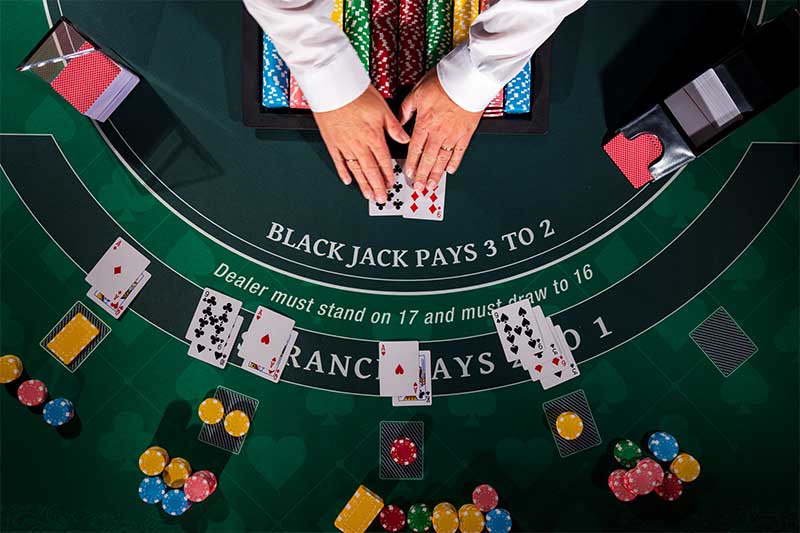
However, if you apply blackjack strategies properly, the Soft 17 dealer rule will only affect your chances of winning a little. The influence of the rule is even less significant if you play at a table or a game with fewer decks in the shoe. The majority of players will not go to great lengths to find blackjack tables and variants that don’t have the Soft 17 rule.
Moreover, blackjack games with a Soft 17 rule give the casino an insignificant advantage. Be that as it may, every tiny bit can help in a casino game with a house edge, especially if you are an advantage player.
On the other hand, casino games with rules stipulating the blackjack dealer stand on Hard 17 will certainly not favor the dealer. These rules will also affect how you will apply your blackjack basic strategy and the game’s house edge.
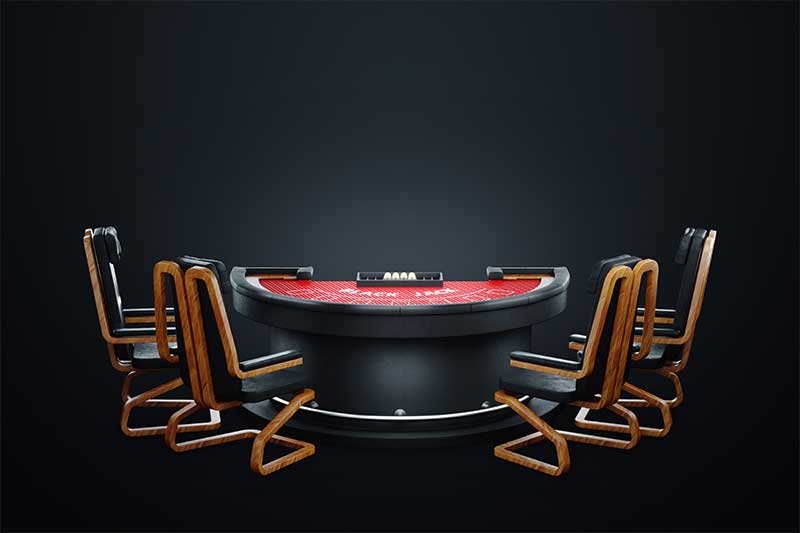
Instead, the dealer is greatly benefited from the rule because the dealer can hit on a Soft 17, as well as have the ability to draw another card. Because the Ace can be valued at either 1 or 11, both conditions enable the dealer to create a stronger hand without going bust.
Best Strategy for When the Dealer Must Stand on Soft 17
The best basic strategy for playing a blackjack variant that rules the dealer has to stand on Soft 17 will depend on the value of the dealer’s up-card and the player’s hole cards. You should always have a basic strategy chart handy.
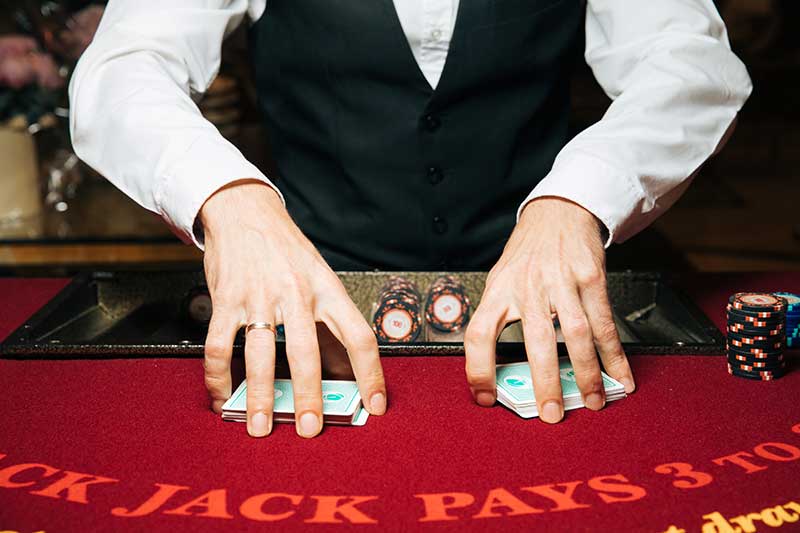
Soft blackjack hands are typically easier to deal with because hitting is almost always a safe bet. That said, there are a few instances when doubling down on the hand would be a good option. It would help if you doubled down when…
- You hold a Soft 13 through 17, and the dealer shows a 5 or 6
- You have a Soft 15 through 17 against the dealer’s 4
- Your hand is a Soft 17 versus the dealer’s 3
If you are not allowed to double down by the table rules, you should consider hitting instead of standing on any hand from Soft 13 through 17.
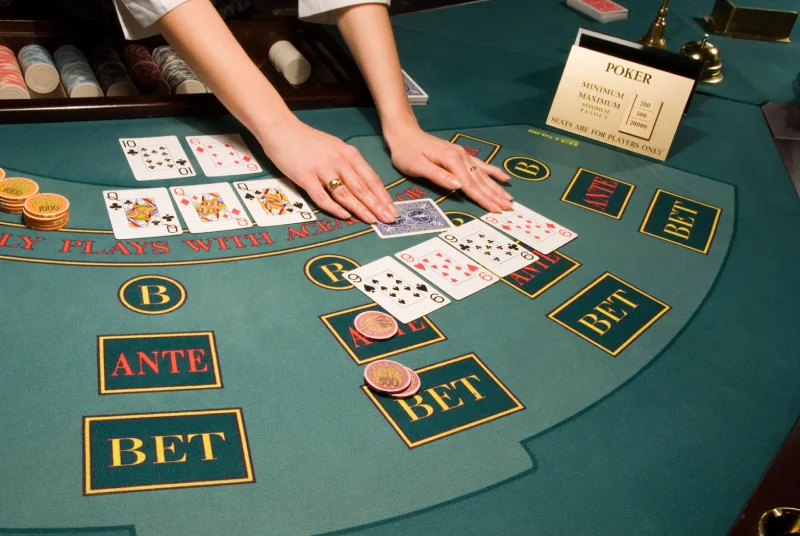
What about Soft 18? If the dealer shows any card from 3 through 6, you should double down on Soft 18. Otherwise, you should hit or stand if the dealer’s up-card is an Ace, 10, or 9.
If you have a Soft 19 hand, it is often regarded as favorable, and you should always stand rather than hit. The same goes for a Soft 20 hand, such as Ace-9.
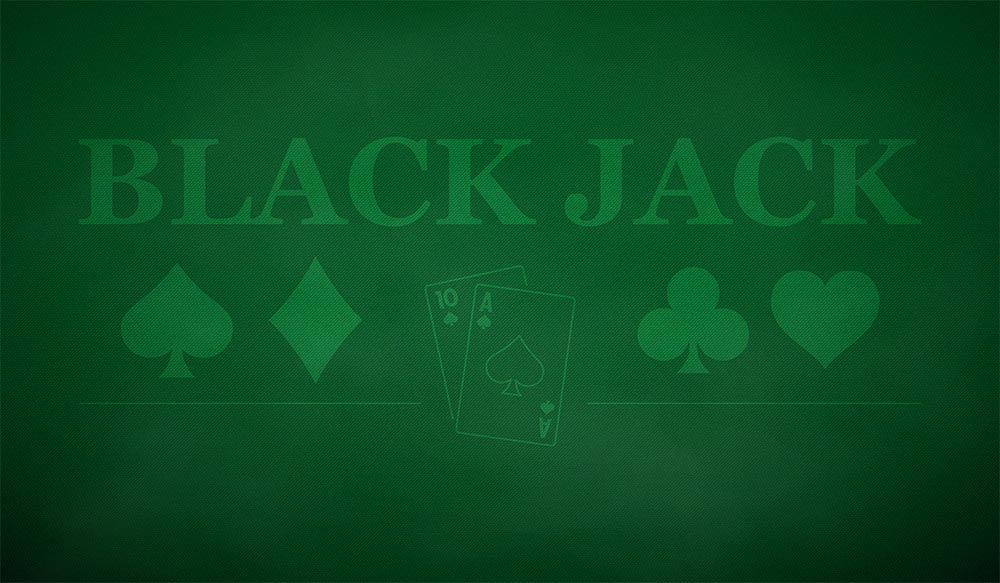
Dealer Stands on Soft 17 – When to Split
Generally, you should split pairs in any blackjack game or variant that calls for the dealer to stand on Soft 17. The big question is when splitting is not a wise decision. Again, it would be best if you considered the value of both the dealer’s up-card and the player’s hand as follows:
- Always split a pair of 2s or 3s against the dealer’s 4 through 7
- You should split a pair of 2s or 3s, and then double down against the dealer’s 2 or 3 if the table rules permit that. If the game doesn’t allow doubling down after pair splitting, you should hit after splitting. Meanwhile, you should hit a pair of 2s or 3s if the dealer’s up-card is an Ace, 10, 9, or 8.
- Always split a pair of 4s and then double down if the dealer displays a 5 or a 6. Otherwise, you should hit after splitting if the rules don’t permit doubling down.
- You should only split a pair of 6s if doubling down is allowed after splitting against a dealer’s 2. If not allowed, you should hit. If the dealer shows 3 through 6, split a pair of 6s. If the dealer’s up-card is an Ace, 10, 9, 8, or 7, hit on a pair of 6s.
- Always split a pair of 7s against a dealer’s 2 through 7. If the dealer shows any other up-card, you should hit it.
- Always split a pair of 8s.
- Always split a pair of 9s unless the dealer is showing an Ace, 10, or 7. In the latter case, you should always stand.
- Always split a pair of Aces
Best Strategy for When the Dealer Has to Hit on Soft 17
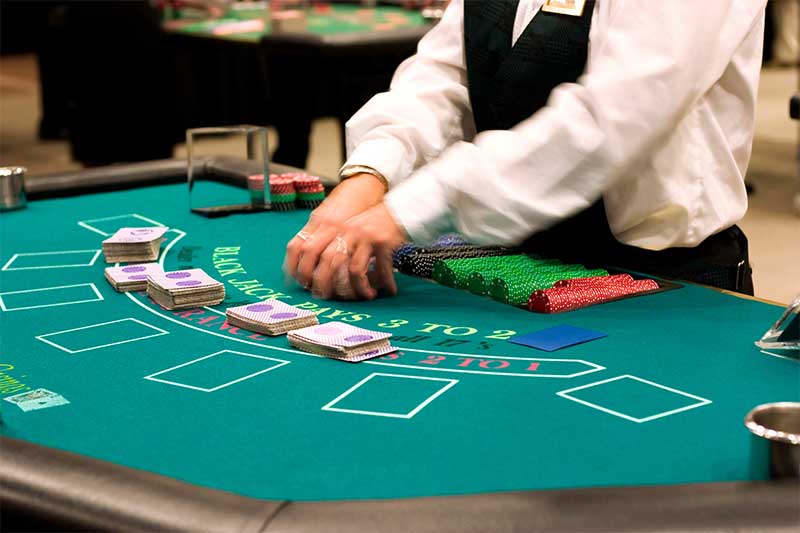
Most basic blackjack strategies can be used when playing variants that stipulate the dealer must hit on Soft 17. However, there are a few exceptions you need to keep in mind…
- You should double down on Hard 11 against the dealer’s Ace up-card if doubling is allowed after splitting. Otherwise, you should hit.
- You should surrender on Hard 15 if the dealer is showing an Ace up-card. That’s if the surrender rule is available. If not, you have no choice but to hit.
- The same strategy applies when you have a Hard 17 against the dealer’s Ace up-card. You should surrender if surrendering is available. If not, your best option is to stand.
- When allowed, you should always double down on Soft 18 if the dealer’s up-card is a 2. If the doubling after a split option is unavailable, your next best bet is to stand. The same strategy goes for a Soft 19 hand against the dealer’s 6.
The same basic blackjack strategy for splitting should apply when the dealer has to hit on Soft 17. The only exception is that you should surrender a pair of 8s if the dealer’s up-card is an Ace or split if the surrender option is unavailable.
What does a soft 17 mean in blackjack?
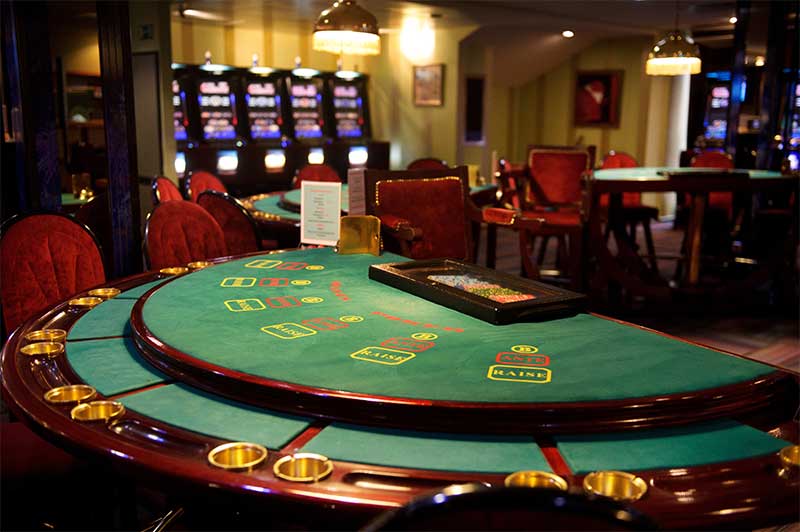
A Soft 17 rule in blackjack stipulates when and whether the dealer should stand or hit on Soft 17. In turn, a Soft 17 hand is created with an Ace whose value is 11.
The best basic playing strategy for Soft 17 varies a bit based on four key factors:
- The Soft 17 rule – Must the dealer hit, or do they have to stand on Soft 17?
- The dealer’s up-card
- The value of the player’s hand
- The game rules
Together, these factors will help you decide your next best move. In short, the dealer at the blackjack table doesn’t have the freedom to choose whether to hit or stand. Instead, the blackjack game has predetermined Soft 17 rules, which automatically stipulate the dealer’s next step.
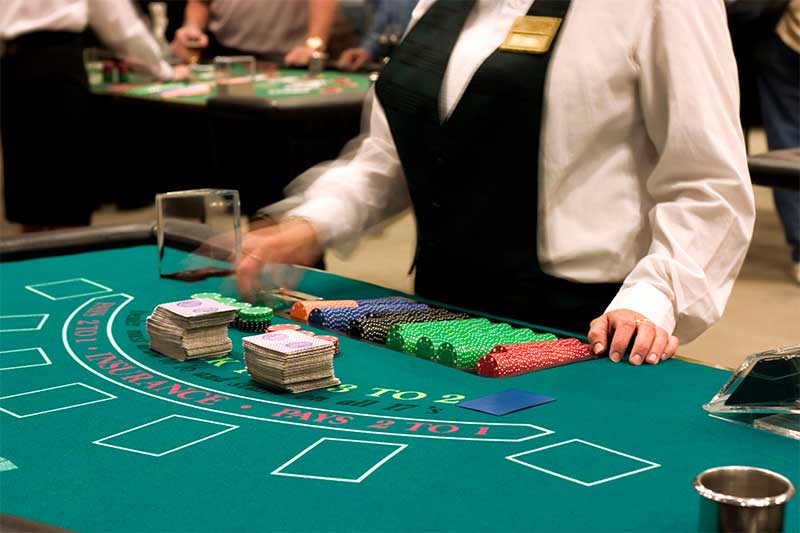
Thankfully, you are at liberty (as a player) to strategize, adjust your gameplay, and decide your next move based on the up-card that the dealer shows. Even better, specific Soft 17 tactics can be used no matter if the croupier has to hit or stand on Soft 17.
You can apply the following basic strategies regardless of the Soft 17 rule or blackjack variant:
- You should always hit if you hold a hard 4-8 against the dealer’s 2-10 or Ace
- You should always hit if you hold a hard 9 if the dealer’s up-card is an Ace, 2, or 7-10
- You should always hit if you hold a hard ten if the dealer’s up-card is an Ace or 10
- You should always hit if you hold a hard 12 if the dealer’s up-card is an Ace, 2, 3, and 7-10
- You should consider hitting if you have a hard 13 or 14 if the dealer’s up-card is an Ace or 7-10
- You should stand on hard 17 or higher
Meanwhile, you should always surrender if you hold…
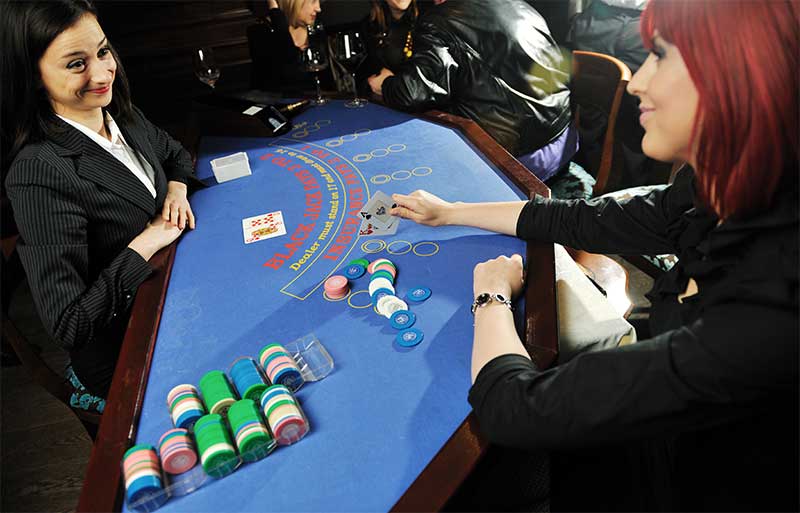
- A hard 15 versus the dealer’s 10. Hit if surrender is not an option.
- A hard 16 if the dealer’s up-card is an Ace, 10, or 9. Hit if the surrender option is not available.
You should consider doubling down on…
- A hard nine against the dealer’s 3-6
- A hard 10 or 11 if the dealer shows a 2-9. If doubling isn’t an option, hit.
- A hard 11 if the dealer is showing a 10. Hit if doubling isn’t an option.
It should be easy to remember these Soft 17 basic blackjack strategies for double-deck games and other variants that use multiple decks in a shoe. The key is to hit the dealer ace or 2-7.
In other words, the basic blackjack strategy is altered depending on whether Soft 17 rules are in effect or not. Although the difference is tiny, you can find the best strategy in the grid below.
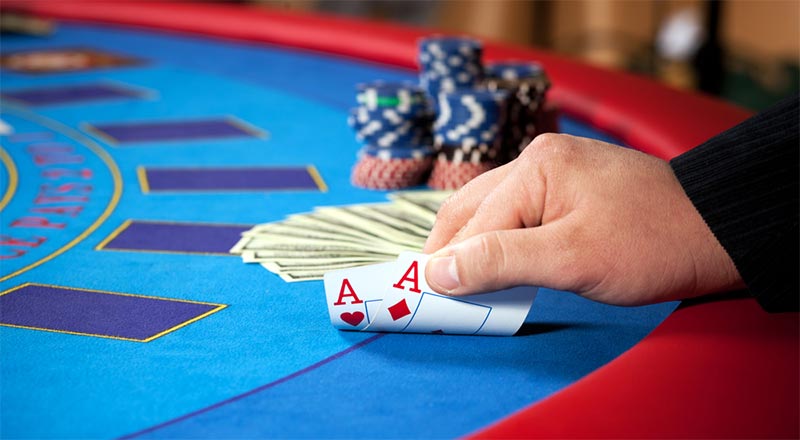
What does a soft 17 look like?
A soft 17 is a hand consisting of an Ace worth 11 and a card or cards whose total value is 6. The value of the hand is 17.
Examples of a Soft 17 hand include:
- Ace + 6
- Ace + 3 + 3
- Ace + 4 + 2
- Ace + 2 + 2 + 2
Do I hit a soft 17?

Yes, you should always hit a soft 17. Never stand on a soft 17. Why?
Some blackjack variants require the dealer to hit on Soft 17, boosting their chances of getting closer to 21. So if you don’t hit a soft 17, the dealer is more likely to have a stronger hand than yours.
At the same time, you have a very low chance of busting with a Soft 17 hand. Therefore, your best strategy is to ask for an extra card, hoping to increase the value of your hand to 18 or greater.
Do casinos usually hit on soft 17?
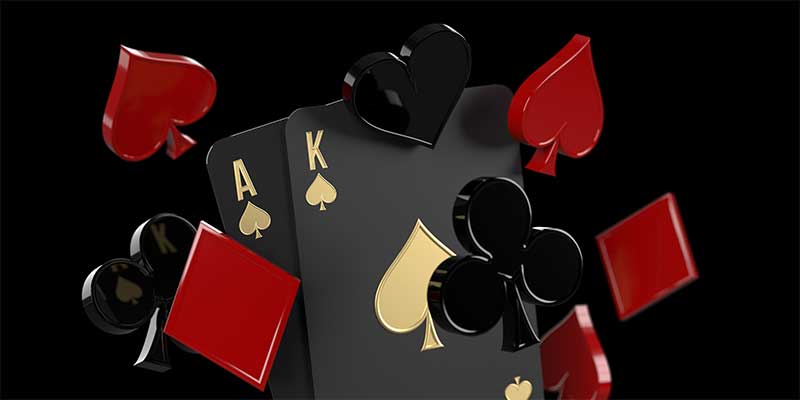
No. Casinos usually don’t hit on soft 17. Instead, they require the dealer to hit 16 or less and stand on soft 17 and higher.
Some casinos, however, offer soft 17 blackjack variants. These blackjack games have a rule requiring the dealer to hit on soft 17. Ideally, you should avoid these variants.
Is it better for the dealer to hit soft 17?
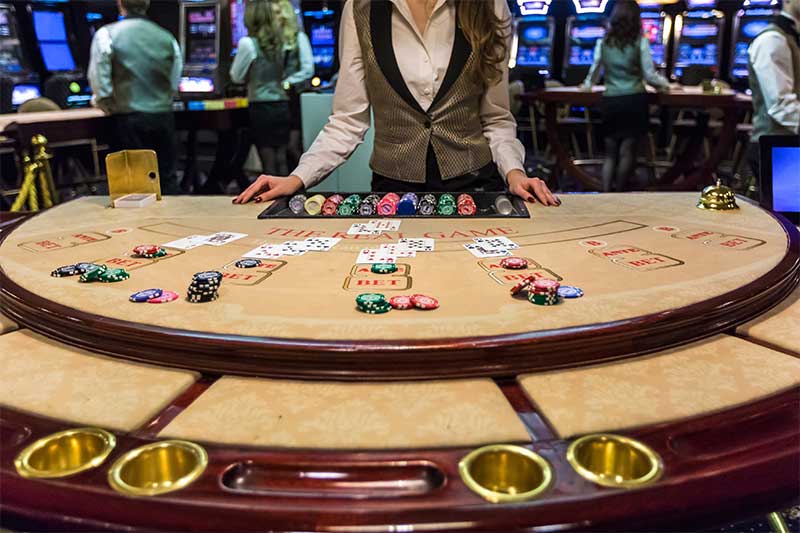
No, it is not better for the player if the dealer has to hit on soft 17. That is because the extra card gets the dealer’s hand close to 21.
Do you hit soft 17 vs. 2?
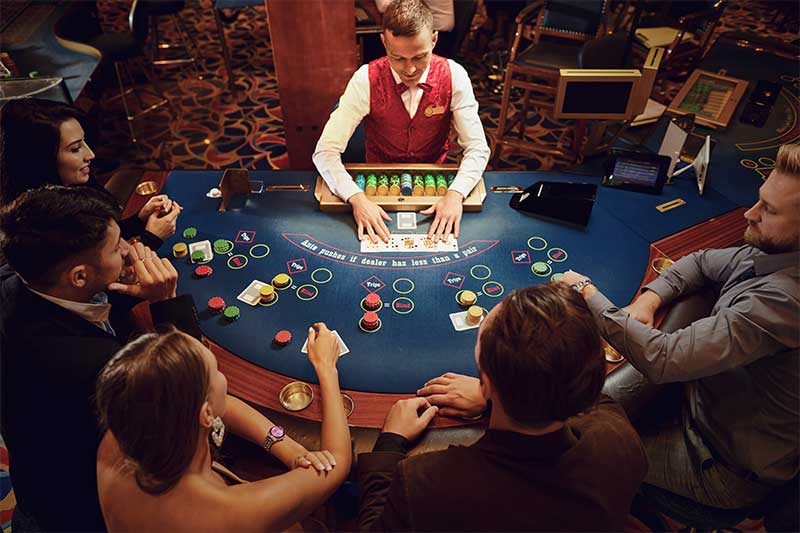
Yes. You should always hit soft 17 versus the dealer’s 2 upcard. It doesn’t matter if the dealer is fixed to stand or hit at 17 or up. Hit!
Do you hit a soft 17 against a 3?
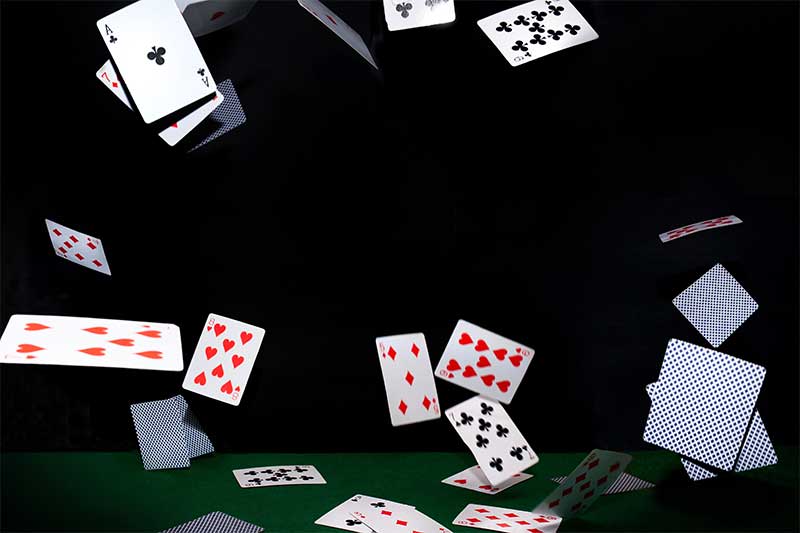
No, you should not hit a soft 17 against a 3. Instead, you should double down on a soft 17 if the dealer’s up-card is a 3. Once again, this strategy works despite the dealer’s rule for soft 17.
What is the soft 17 rule?
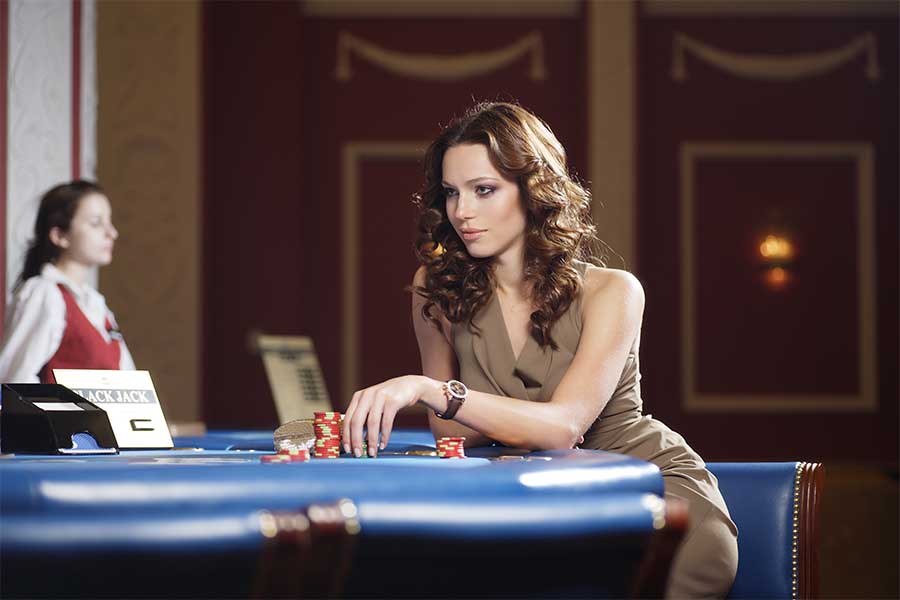
A soft 17 rule is a blackjack guideline that stipulates whether the dealer must stand or has to hit on soft 17. Some blackjack variants have this rule, while others don’t. Either way, the soft 17 rule will ultimately affect the way you should play your essential strategy.
For example, you should always hit a soft 17 against the dealer’s six and double down on a 5.
